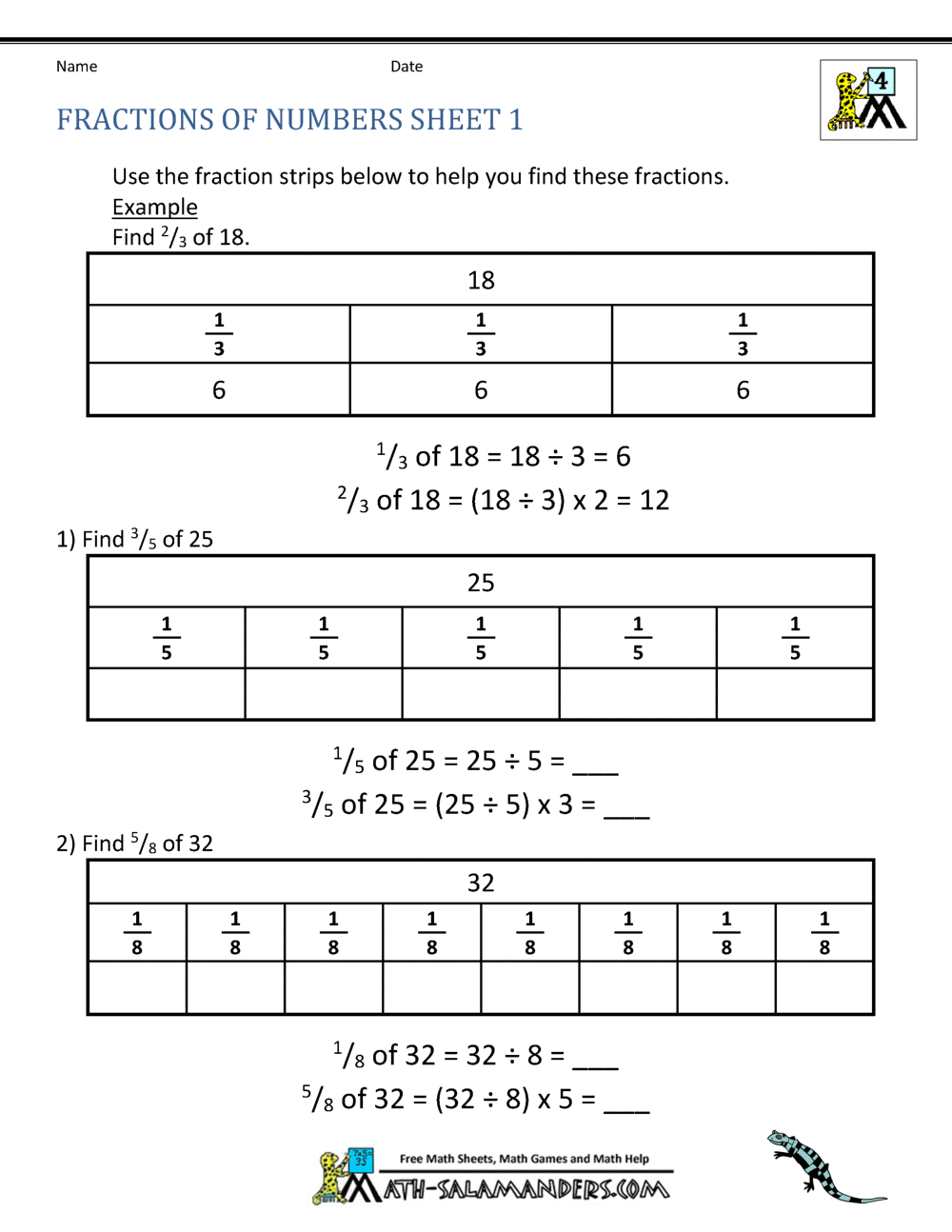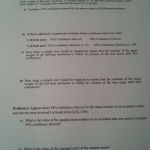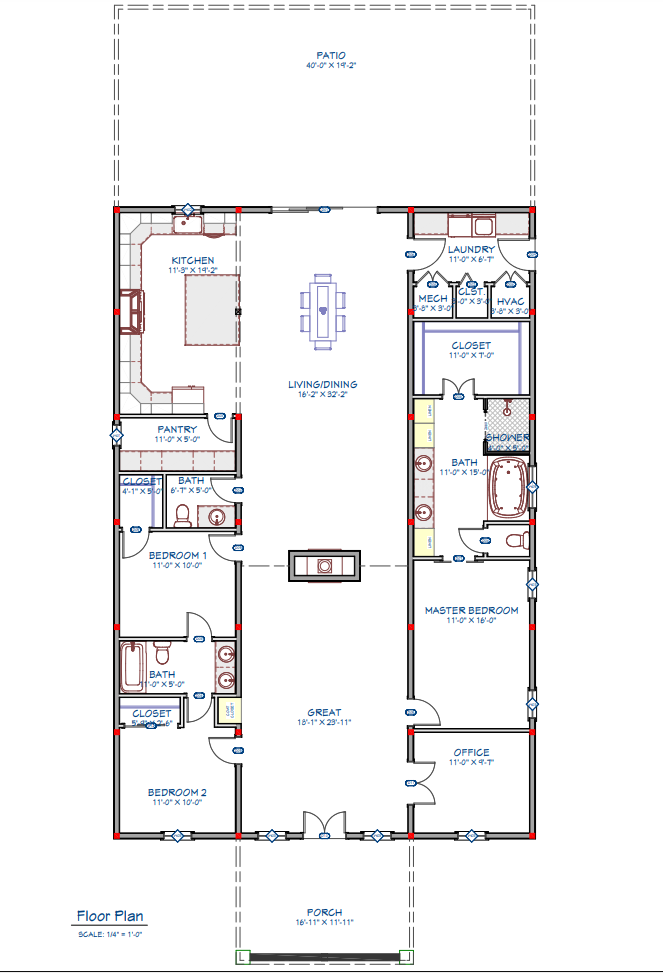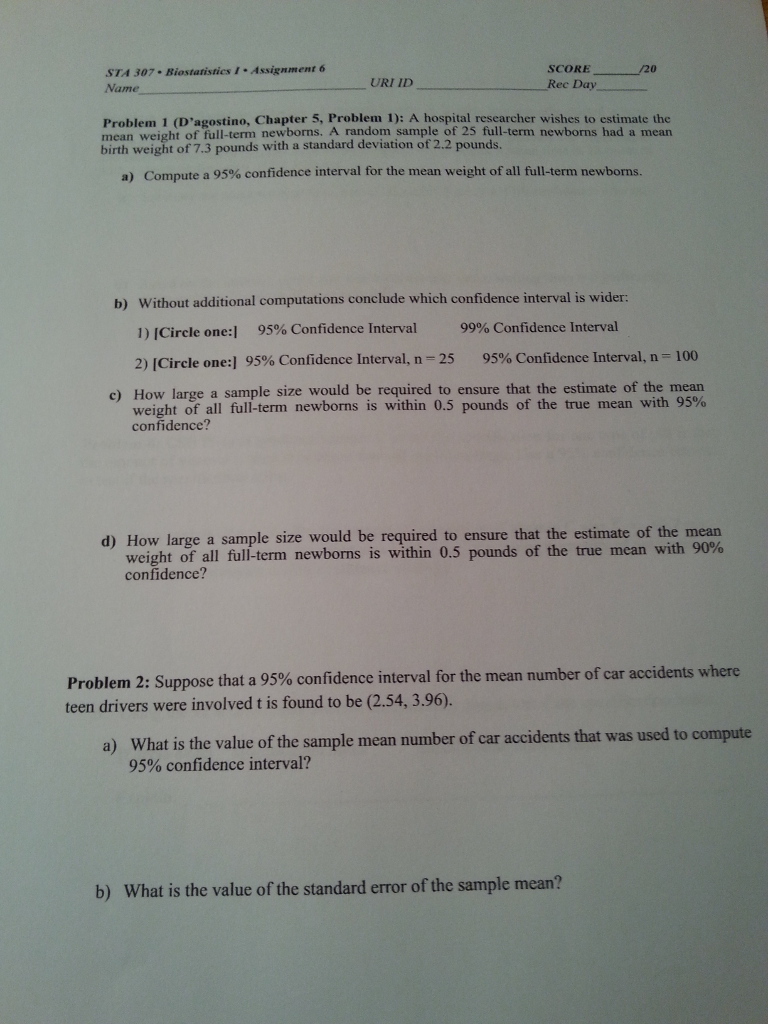Converting decimal numbers to fractions is a fundamental skill in mathematics that often seems daunting but is quite manageable with the right approach. In this article, we will explore how to express 4.5 as a fraction, delve into the process, and understand its broader implications. Whether you’re a student, a professional, or simply curious, this guide will provide you with all the necessary information in a clear and engaging manner.
Decimals and fractions are two sides of the same coin in the world of numbers. Understanding how to convert a decimal like 4.5 into a fraction is essential for various mathematical applications, from basic arithmetic to advanced algebra. This article will walk you through the conversion process, discuss its significance, and explore the broader context of this mathematical concept.
Key Takeway
Before we dive into the details, here are the key points you’ll learn about converting 4.5 as a fraction:
- 4.5 can be expressed as the fraction 9/2.
- The conversion process involves understanding the relationship between decimals and fractions.
- Converting decimals to fractions can simplify mathematical operations and provide clearer insights.
Detailed Explanation
Involving Parties: Understanding the Basics
To convert 4.5 as a fraction, we need to understand the basic components involved: decimals and fractions. Decimals represent parts of a whole number divided by powers of ten, while fractions represent parts of a whole number divided by any integer. The conversion process bridges these two representations, making it easier to perform various mathematical operations.

Timeline: The Conversion Process
Let’s break down the steps to convert 4.5 into a fraction:
- Identify the Decimal: The given decimal is 4.5.
- Separate the Whole Number and the Decimal Part: Here, 4 is the whole number, and 0.5 is the decimal part.
- Convert the Decimal Part to a Fraction: 0.5 can be written as 5/10, which simplifies to 1/2.
- Combine the Whole Number and the Fraction: The whole number 4 can be written as 4/1. Adding this to 1/2, we get 4 + 1/2 = 8/2 + 1/2 = 9/2.
Thus, 4.5 as a fraction is 9/2.
Impact
Understanding how to convert decimals to fractions, such as 4.5 into a fraction, has practical implications in both personal and professional contexts. For students, mastering this skill is crucial for excelling in mathematics. For professionals, especially in fields like engineering, finance, and data analysis, being able to switch between decimals and fractions can simplify complex calculations and improve accuracy.
Public and Media Reactions
The importance of mathematical literacy has been a topic of discussion in educational circles and media. Converting 4.5 as a fraction is a fundamental skill that underscores the need for a strong mathematical foundation. Educational programs and media coverage often emphasize the significance of such skills in fostering critical thinking and problem-solving abilities.
Future Plans
As education continues to evolve, the emphasis on mathematical skills like converting decimals to fractions will likely increase. Future educational curricula are expected to integrate more practical applications of these skills, ensuring that students are well-prepared for real-world challenges. Additionally, advancements in technology and educational tools will provide more interactive and engaging ways to learn these concepts.
Converting 4.5 as a fraction is a straightforward process that highlights the interconnectedness of different numerical representations. By understanding and mastering this conversion, individuals can enhance their mathematical proficiency and apply these skills in various aspects of life. Whether you’re a student, a professional, or simply interested in mathematics, knowing how to convert decimals to fractions is a valuable asset.
In summary, 4.5 as a fraction is 9/2. This conversion is not only a fundamental mathematical skill but also a practical tool that can simplify and enhance various calculations. As education and technology continue to advance, the importance of such skills will only grow, underscoring the need for a solid mathematical foundation.









